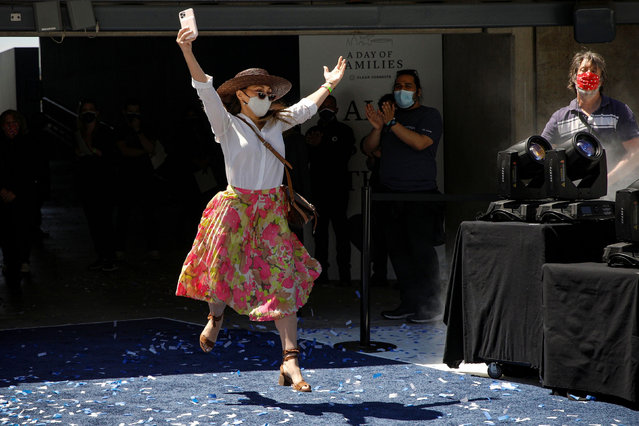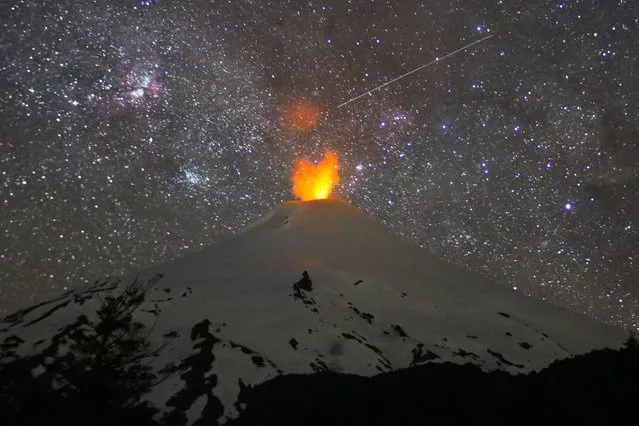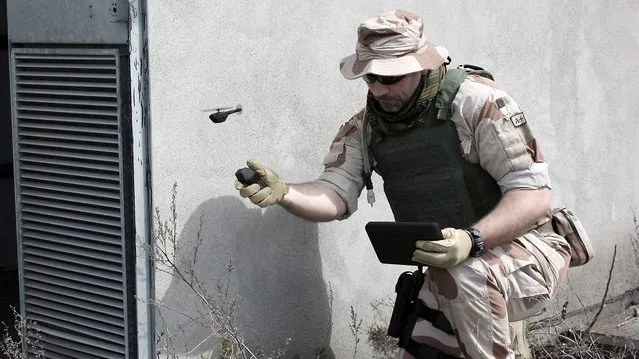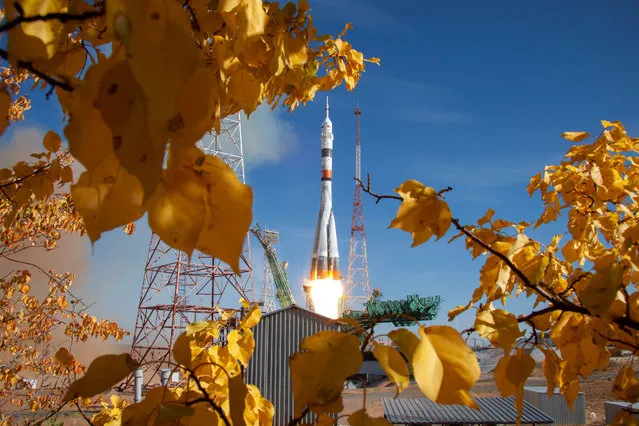
A woman leaps while arriving to greet a loved one during CLEAR Connects: A Day of Families, a mass reunion event, at MetLife Stadium in East Rutherford, New Jersey, U.S., May 6, 2021. (Photo by Brendan McDermid/Reuters)
11 May 2021 08:51:00,post received
0 comments







